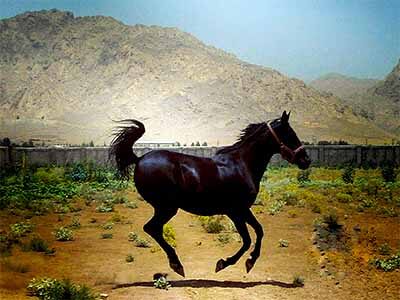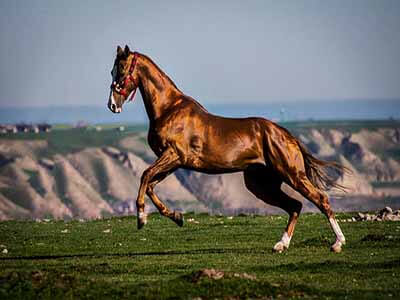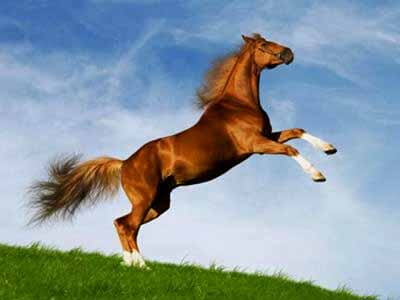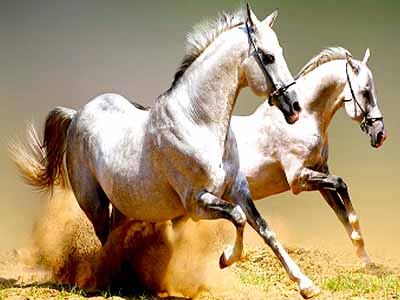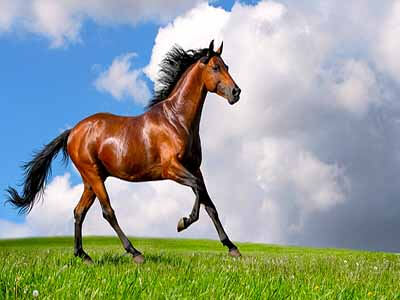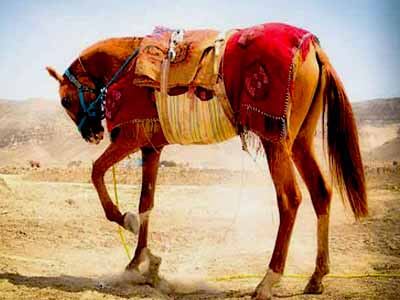
The world’s best horses were bred in Ancient Persia. Iran can be described as the cradle of breeding different breeds of horses in the world. Horse-riding by the law was one of the most important skills in which, every Iranian had to learn. It is not known exactly how the horse was raised and what they were used for, before the arrival of the Aryans.
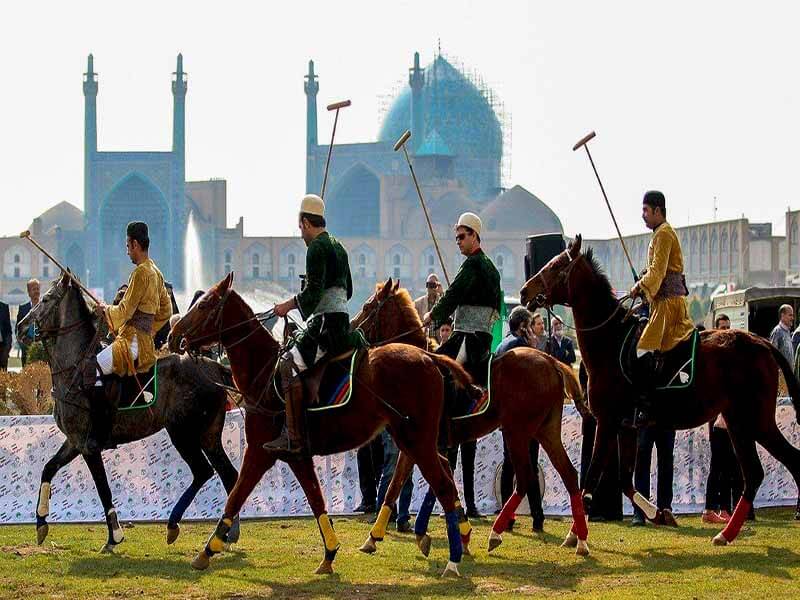
One of the pastimes of Iranian kings was hunting on horseback. During hunting, the hunter had to jump over obstacles. Later on, this skill was turned into a sport that we know as “show jumping”. In Ancient Persia, women learned horse riding and hunting as men did, and learned polo at a very early age.
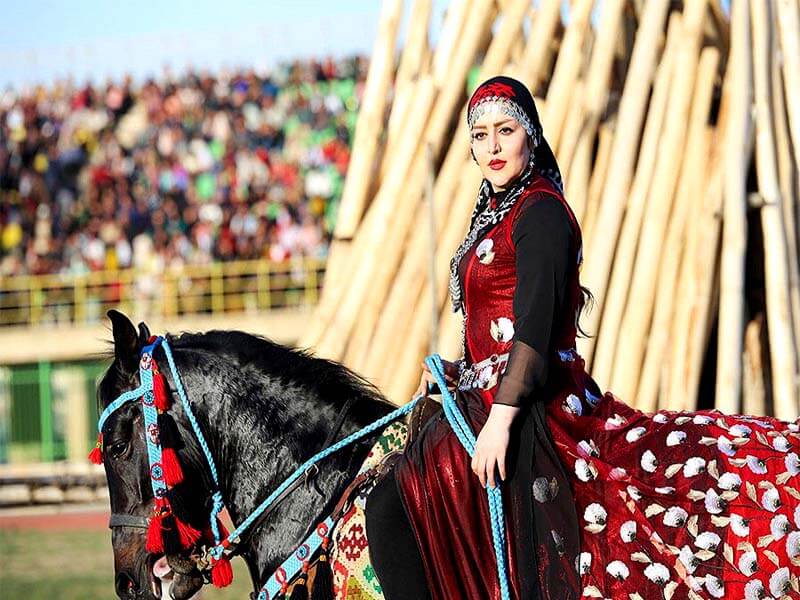
2200-1800 BC
Aryan tribes invaded the tribes and small villagers living inside of Iran for about a thousand year. These invasions took place before the establishment of Persian empire. One of the main factors of the Aryans was having good and hard-working horses. With their fast and powerful horses, they were able to penetrate all the lands and conquer it. The horse was first taken by Aryans to various parts of Asia and Europe. One of the Aryan traditions was when burring the dead, their tools, food and horses would be buried with them.
750 BC – 336 BC
atAfter the establishment of the Persian empire, in the Achaemenian dynasty, it is said that king Cyrus, the founder of the Persian empire, considered breeding horses of great importance, so much that around 120,000 horses were bred in Iran annually. It would be interesting to know that at that time all horses had family trees and identity certificates. Most horses were used by cavalry in the Achaemenid army, one of the biggest and strongest armies of history. Today, genetic tests and DNA extraction can be used to determine the purity and value of each horse.

One of Iran’s most ancient sports is polo. In Persia this sport was called chogan (polo). It was played during Achaemenian dynasty inside Iran. As Achaemenians extended their borders, this ancient Iranian game found its way to other countries around the world.
Perhaps the most important reason the Parthian dynasty lasted for 500 years, was the use of horse in its military. Consummate in their military tactics and organization, the Parthians were also excellent horse breeders and trainers. During wars Parthian riders created confusion and wreaked havoc. They even developed the famous “Parthian shot.” Able to shoot backward at full gallop. The Parthian archer delivered kill shots at pursuing cavalry. Just as essential were their heavy-armored horse cavalry called cataphracts that provided offensive support and assistance in mopping up remaining pockets of resistance with long lances and swords.
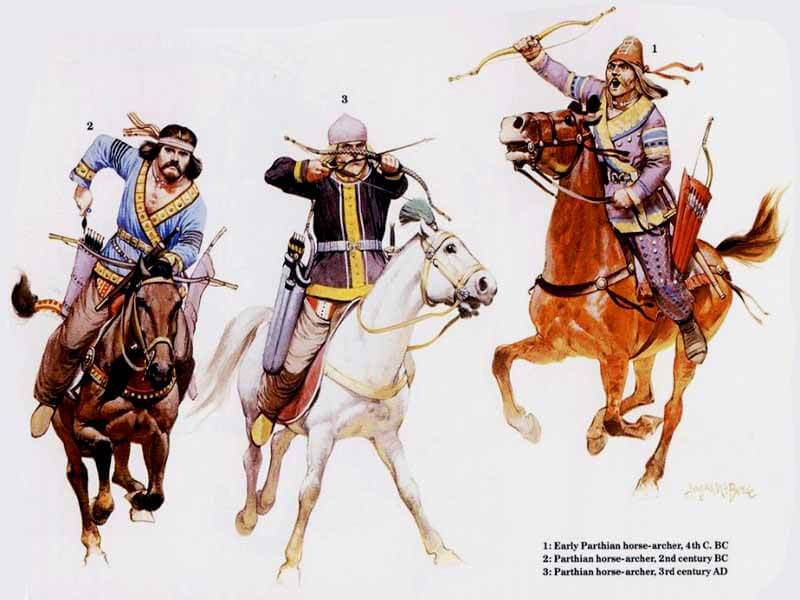
At the time of the Sasanians empire, the army was equipped with war chariots, elephant corps and the increased use of cavalry from the Parthian model which included both heavy cataphracts and horse-archers. The horses were equipped with armor and other equipment and weapons which in fact moved forward like an armored tank, defeating the enemy’s infantry. With such advance infantry the Sasanians where able to fight the Romans for almost 400 years. You can find the stone statue of the famous Sasanian King Khosrow Parviz, on his famous horse “Shabdiz”. It’s still standing in the arch of Bostan.
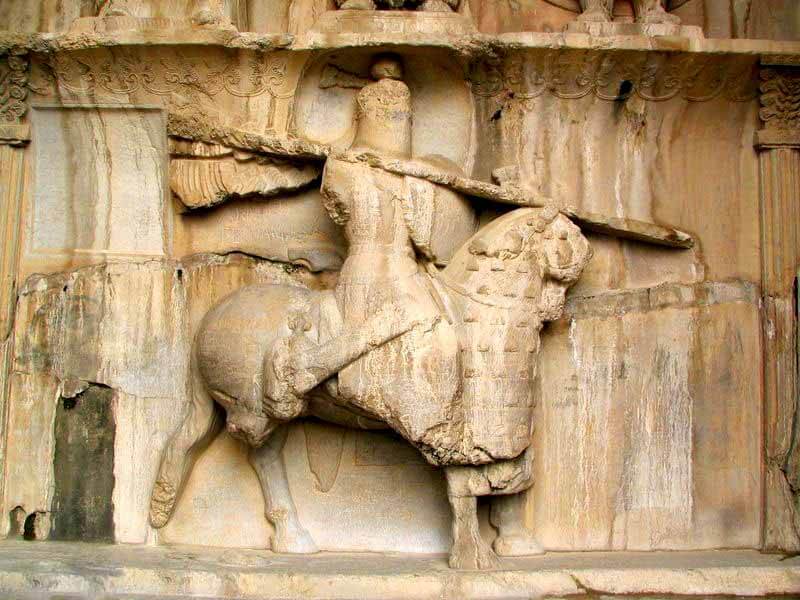
It said in the Safavid era king Abbas Safavi never got tired of riding. His physical strength was such that he could ride for one day and night without any food and water. In one case, it is said that he traveled about 530km between Shiraz and Yazd in 29 hours. While capturing Azerbaijan from the Ottoman Turks, Shah Abbas traveled with his riders and trained youth from Isfahan to Tabriz for eleven days. For that time period, it was such a long distance to travel that the people and the governor of Tabriz were surprised by his sudden attack.
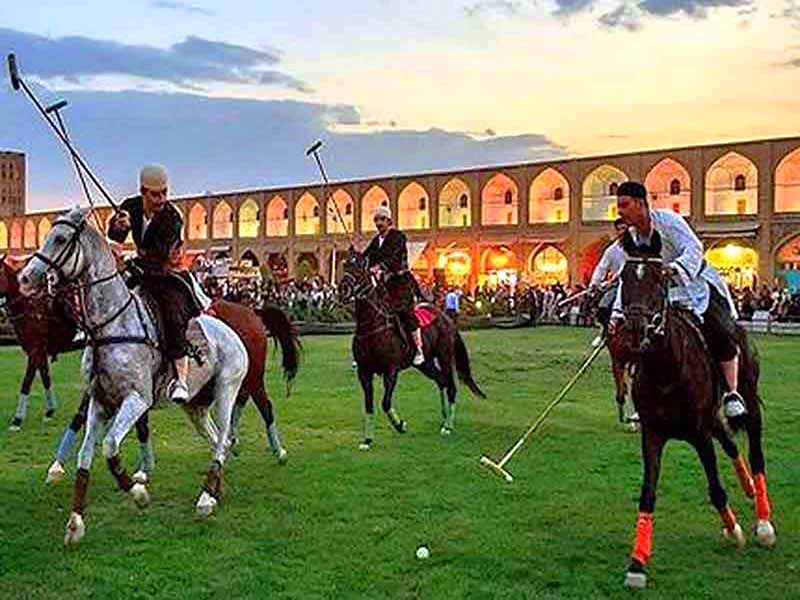
Based on the geographical area, native Persian horses have different features. The horse native to the Iranian Plateau is not very big in size, but is very strong and sturdy. Throughout history, Iranian horses have always been used for difficult tasks or passing through long and rough terrain. The best Iranian horse breeds include Arabian, Qarabagh, Turkmen, Lori, Qashqai, Caspian, Kurdish, Bakhtiari, Sistani, Dareshooi and Telsh horses.
